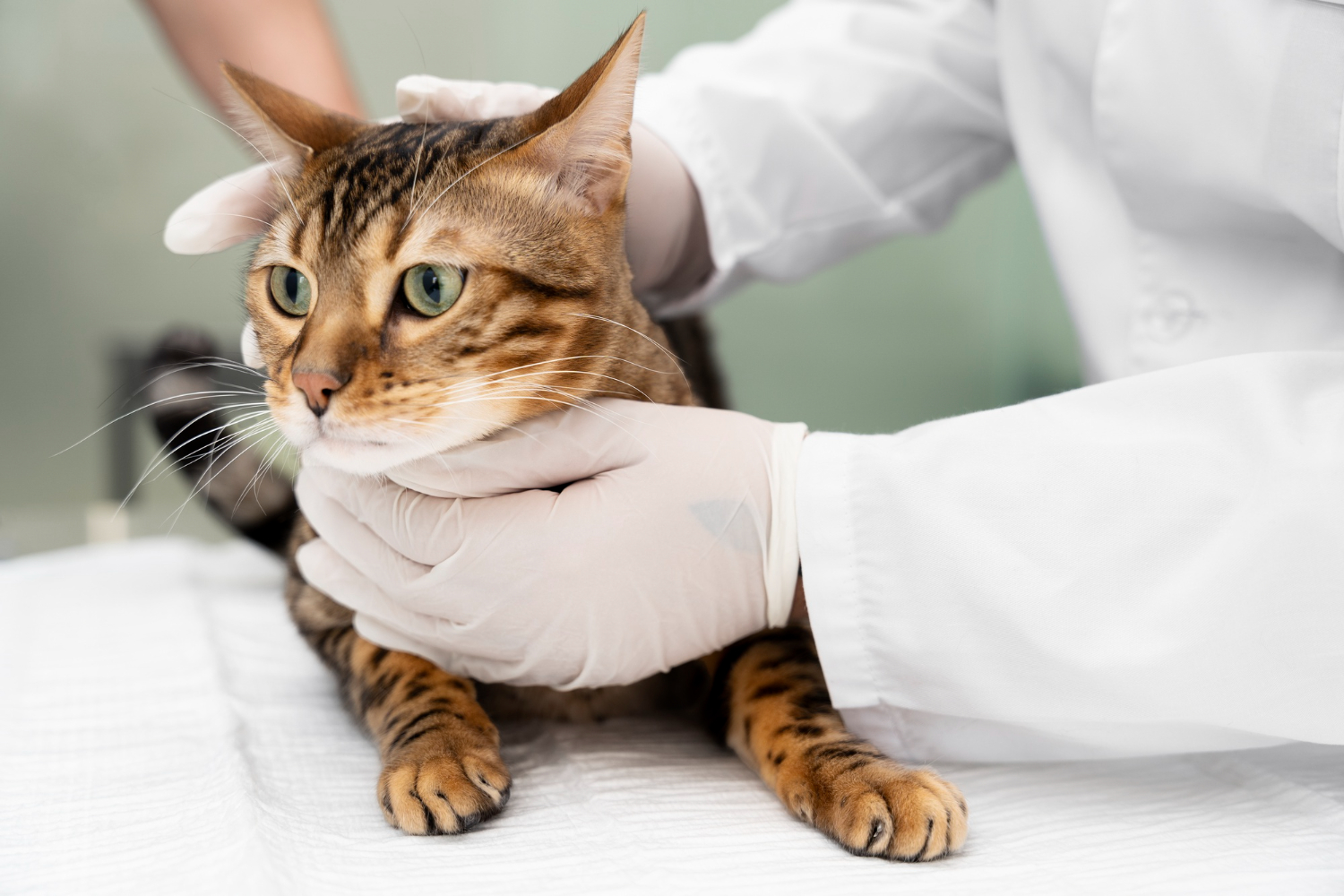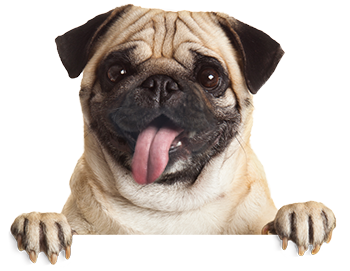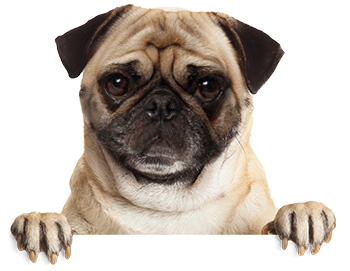.jpg)
Preventive Pet Care Exams in Saint Johns, FL
At Switzerland Animal Hospital, we will provide your pet with the best possible comprehensive physical exam in Saint Johns. We will review every aspect of your pet’s health from the ears to the tail. Your pet will receive a full preventive care exam because we know how important it is to catch any potential issues as early as possible.
Our Preventive Care Exams in Saint Johns Include:
- Eye Exams for Signs of Cataracts, Glaucoma, Infections, Jaundice, and Allergies
- Full Body Examination of Muscle Tone, Weight, and Enlarged Lymph Nodes
- Abdomen, Joint, and Spine Checks for Signs of Pain, Tenderness, Enlarged Organs, and Tumors
- Heart and Lung Tests for Heart Murmurs, Irregular Beats, and Clear Lungs
- Blood Work, Urinalysis, and Feces Samples
- Ear and Mouth Checks for Infection, Tartar, and Inflammation
.jpg)

Why Is Preventive Care So Important?
Preventive appointments allow us to catch potential issues like tumors, skin infections, parasites, and other issues early. In turn, this helps you save time and money by avoiding complications and ensuring your pets stay healthy all year long. The American Veterinary Medical Association (AVMA) suggests an annual preventive care check-up for your pet. Schedule yours today by calling (904) 287-2527.
Do You Offer Second Opinions?
Yes! If you would like a second opinion about any issues regarding your pet, just contact us for a consultation. Our team will do a full examination of your pet and let you know what we think about their overall health or any specific concerns you may have. Our second opinion consultations are always judgment-free and there is no pressure to proceed with treatment. We want to make sure you feel confident in your choice of care for your loved one, so if you have any questions, don’t hesitate to ask!
For more information about our preventive pet care exams or to make an appointment with your Saint Johns veterinarian, please call us today at (904) 287-2527.


















